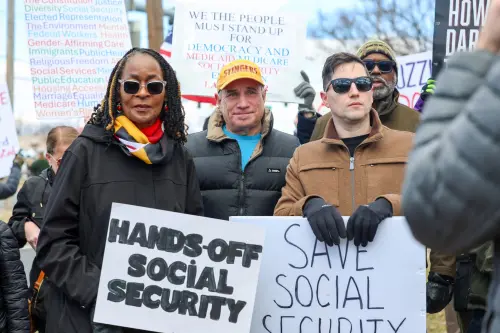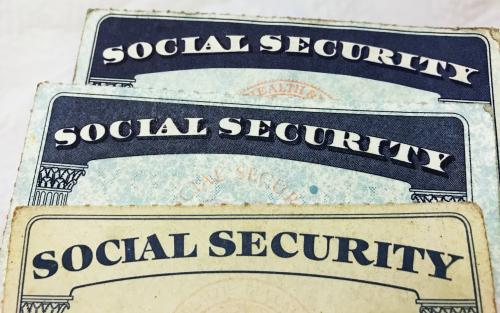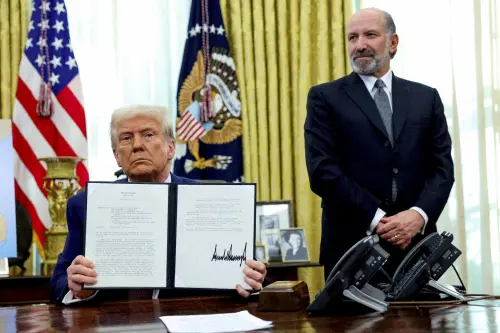“It’s the economy, stupid” became the rallying cry for the Clinton campaign of 1992. Now, 20 years later, Republicans are hoping the economy will help unseat another incumbent and bring them the White House. Whether fairly or not, by the time they are seeking reelection, the public holds sitting presidents responsible for the state of the economy. And while other things matter — war and peace, divisive social issues, and the personality of the candidates all come to mind — the economy is arguably the one thing that persistently matters in these elections.
In the postwar period, incumbent presidents have run for reelection 10 times, winning 7 and losing 3. The winners all had strong job markets going for them. Dwight Eisenhower in 1956, Lyndon Johnson in 1964, Bill Clinton in 1996 and George W. Bush in 2004 all ran with both full employment and low inflation, and all won easily. Unemployment was still around 7.5 percent when Ronald Reagan ran in 1984. But job gains were rapid and unemployment was falling from a recession high of 11 percent. When Harry Truman ran in 1948, the economy was experiencing a postwar boom led by the backlog of demand for housing and autos, but was also buffeted by organized labor unrest and inflation driven by rapid wage increases. Truman won a close election. Richard Nixon in 1972 had a strong recovery and an inflation problem that he suppressed with price controls until after the election. He won in a landslide.
The three losers all confronted economic issues. In 1976, Gerald Ford ran with a stubbornly high rate of inflation inherited from the post-price control Nixon years and the first OPEC oil price shock. The economy was recovering from recession but unemployment was still high. In 1980, Jimmy Carter stood for re-election with even more rapid inflation, fueled by the second OPEC oil price shock, and with a sharply higher unemployment rate, which stemmed from policies to reduce that inflation. He lost in a landslide. George H.W. Bush ran during the first “jobless recovery” of the postwar period. Employment was up by barely one percent in the year leading up to the election, and the unemployment rate stood at 7.5 percent, its worst level of the mild 1991-1992 downturn.
How does today’s election year economy compare with these 10 earlier ones involving incumbents? There is no inflation on the horizon. But the excesses that led to the Great Recession also held back the expansion that followed. The overbuilding during the housing boom was so great that the typical cyclical recovery in housing could not take hold. Consumer demand was constrained by the need to unwind credit excesses and by the huge loss of stock market and real estate wealth that took place. And the loss of revenues from the very deep recession forced states and municipalities to cut spending and employment.
But over the past several months, the drag from some of these sources has eased and the expansion is now quickening on several fronts. Despite continuing oversupply in many local markets, housing activity finally began to move up during the second half of last year, with new housing starts in recent months 10 to 15 percent above year ago levels. New car sales have also been rising in recent months, to an annual sales rate around 14 million units. In both these sectors, activity is still far below levels that will return with full prosperity and, judging from the behavior of investors, substantial higher activity levels are expected. Over the first several weeks of the year, when the Dow Jones average rose 6 percent, ETFs for the shares of homebuilders rose 20 percent and Ford and GM shares rose by an average of about 25 percent.
Rising demand will need support from rising jobs and incomes, and recent data show that is coming. Over the past 6 months, employment gains have quickened and total hours worked have risen at a four percent annual rate. Government employment, which had declined steadily last year, stopped falling in January. The unemployment rate, which peaked at 10 percent in late 2009 and was still 9 percent through most of last year, dropped steadily over the past four months, reaching 8.3 percent in January. Barring bad surprises, it is likely to be between 7.5 and 8 percent by election day.
For the past couple of years, the crisis in the Euro zone has been a caveat to any forecast of the U.S. economy. Today that risk is diminished, but uncertainty over the world oil market, with Iran again at the center of the problem, has risen in its place. A disruption of supplies would drive up prices and slow the US recovery both by cutting auto sales, especially sales of larger domestically produced vehicles, and by siphoning off purchasing power more generally.
While some damage to the expansion now seems likely, it may be contained, especially if Saudi Arabia makes up some of the supply loss. And an early resolution of the crisis might even produce a favorable outcome. Prices have already firmed, anticipating reduced supplies from Iran. If the crisis is now resolved without supply disruptions, prices will retreat.
Where does this range of economic prospects place the 2012 election relative to the 10 previous contests involving incumbents? A year ago, the closest comparison was with the Bush election of 1992. But now it’s looking different. In the Bush-Clinton election, unemployment was actually drifting up to its peak of 7.5 percent. Barring a sustained rise in oil prices, unemployment will still be high, but falling from its peak of 10 percent. That more nearly resembles Reagan’s situation in 1984, though without the very strong employment gains of that year. If the Iran crisis is resolved without disruption — an outcome the President would get some credit for — and oil prices fall, a stronger expansion becomes more likely. That economy would clearly favor the incumbent.
The Brookings Institution is committed to quality, independence, and impact.
We are supported by a diverse array of funders. In line with our values and policies, each Brookings publication represents the sole views of its author(s).



Commentary
Op-edThe Economy and the Election
February 27, 2012